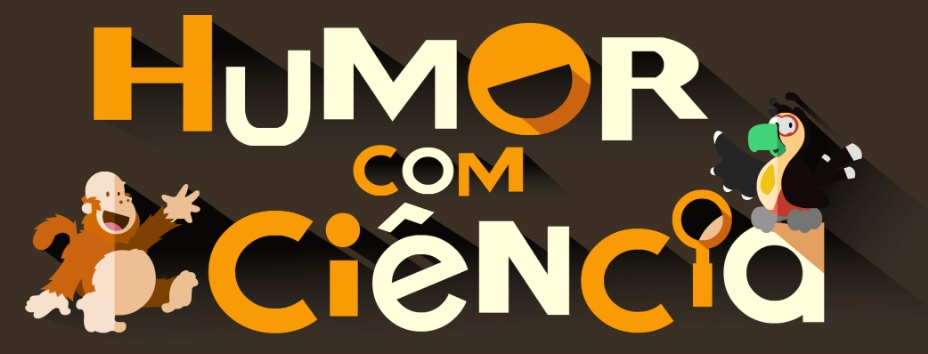
RC2ZKEAB9RCQ
Fewer than 100 Orinoco crocodiles - one of the largest living reptiles in the world - remain in the wild, according to Venezuelan conservation foundation FUDECI. The animal's natural habitat is in the Orinoco River basin, which covers most of Venezuela and spills into Colombia. For decades, the men and women of the Venezuelan Crocodile Specialist Group have been raising younglings of the critically endangered species in captivity in a race against time to avoid its extinction. REUTERS/Gaby Oraa SEARCH "ORAA ORINOCO CROCODILES" FOR THIS STORY. SEARCH "WIDER IMAGE" FOR ALL STORIES. TPX IMAGES OF THE DAY TEMPLATE OUT
DC






























































































































































